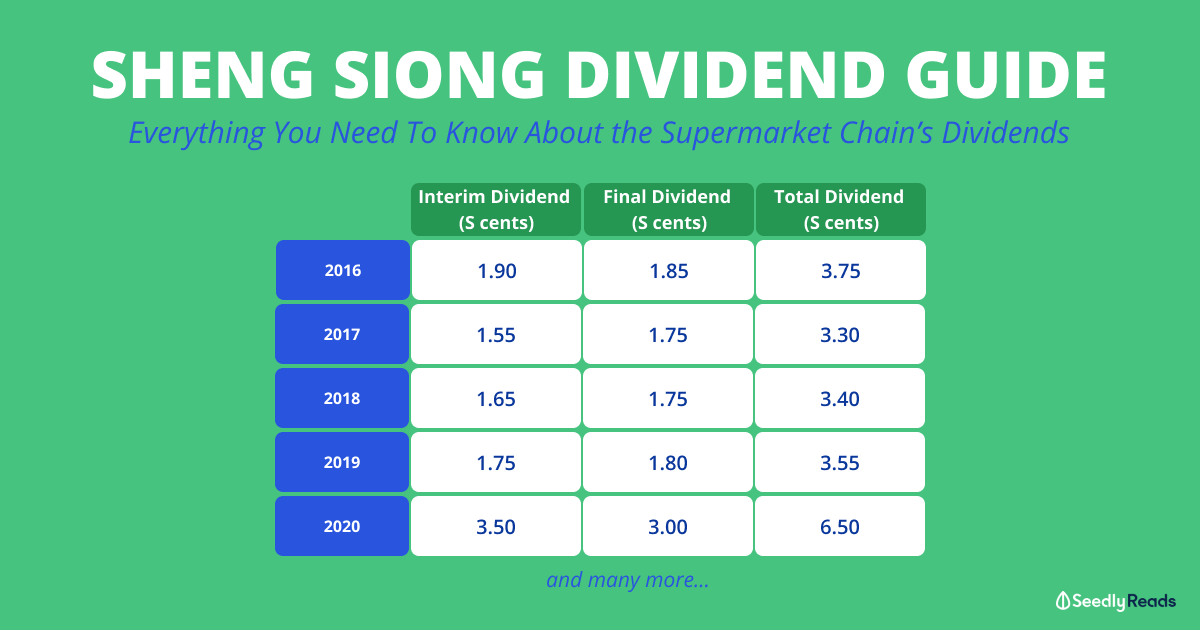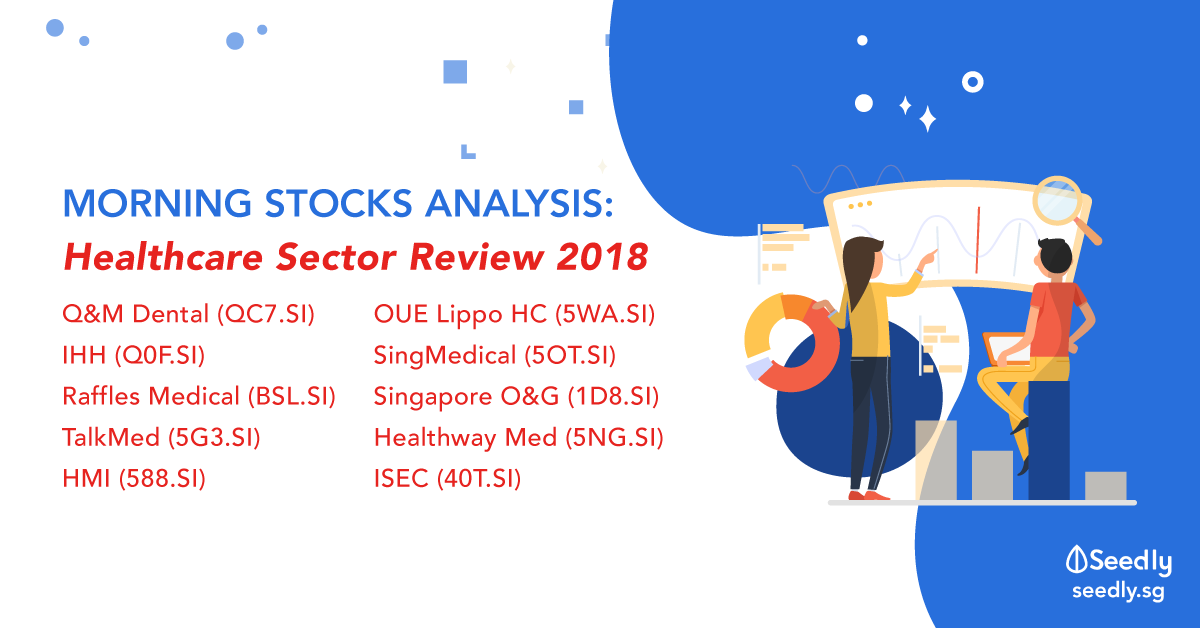Business Profile

Source: AIA Vitality
Q&M Dental Group Limited is a private dental healthcare service provider established in 1996. Starting from a single-chair dental clinic over twenty years ago, The Group operates 92 dental outlets, 4 medical clinics and 3 dental supplies and equipment distribution companies across Singapore, Malaysia, and the PRC

Source: Q&M Dental Group Singapore 2018
SWOT Analysis
Strength: Dental hygiene can almost be viewed as a form of necessity product that has to be consumed by everyone. In some sense, we can't do away with dental treatment and check-ups. However, other dental services aimed to improve aesthetics could generate more revenue but are less of a necessity product.
Q&M dental is also well-spread out around the island and is very convenient for people to access. With the partnership with Chas, more customers be able to afford their services as well.
Weakness: The Singapore market is already quite saturated with many dental clinics. Also, the market size is unlikely to grow any further, due to limited population growth. Additionally, dental services address people's "needs", and less of their "wants". Hence, it would be harder to exploit consumer behavior in consuming more services.
Opportunities: The company will be developing technology and AI for diagnostics and treatment. Such developments could provide better services while reducing costs. Also, the expansion into China also provides a lot of growth potential.
Threats: Q&M certainly has strong brand equity in Singapore, being a name most locals recognize. However, I do believe that for dental services, it is harder to define and defend a competitive advantage. Hence, switching costs for customers can be quite low if competitors can offer similar services at lower prices.
Financials


Source: Q&M Dental Group Annual Report 2018
Revenue
Overall, revenue had remained around the same levels since 2015. Last year, revenue had decreased from 123m to 120m in 2018. This was due to the deconsolidation of Aoxin Q&M Dental Group from the accounts. Apart from Aoxin, revenue from other segments had actually improved. This was helped by the opening of 6 new outlets.

Source: Q&M Dental Group Annual Report 2018
Despite having a dental healthcare and supplies distribution segment, almost all of the revenue can be still attributed to the primary healthcare segment.
Costs

Source: Q&M Dental Group Annual Report 2018
Unsurprisingly, employee benefits and expense was the highest cost driver, forming around 70% of cost and expenses. The other forms of more notable expenses include consumables, dental supplies, and rent.
Overall, EBITDA margins (revenue minus operating expenditures) is around 17.5%, while Profit Before Tax margin is about 12.5%. The difference between the 2 margins shows that depreciation and amortization are not significant expenses. Net profit margin lies hovers around 11%.
Balance Sheet

Source: Q&M Dental Group Annual Report 2018
The current ratio lies around 3.5 while the cash ratio is around 1.75. This shows that the firm's ability to meet short-term obligations is strong. Almost 50% of their long term assets are investments in associates, and 1/3 in intangible assets. This shows how reliant the company has been in acquisitions to grow.
The company is holding around $80m in debt, which means that it has a Net Debt/Equity ratio of 0.46. Their debt profile is helped by the fact that it has $25mn in cash on hand, which might act as a margin of safety. The Net Debt/EBITDA ratio is about 2.66, and they have an EBITDA/Interest Expense of about 8 times. Overall, the business seems to have taken on debt to fund its acquisitions.
Cashflows
Overall, cash flows seems healthy as the business is not so capital intensive. However, a good amount of cash is spent on acquisitions and the opening of new outlets. The company had also successfully refinanced one of their $60mn term loans.
They also paid out about $10.5mn in dividends, which is a dividend payout ratio of almost 0.81, a very high figure. The business also has a free cash flow of $10mn, slightly lesser than the number of dividends paid out. This suggests that the high amounts of dividends paid out could be due to the firm being able to refinance their $60m term loan. Hence, I wouldn't expect such high dividends to be paid out next time.








Business Profile
Source: AIA Vitality
Q&M Dental Group Limited is a private dental healthcare service provider established in 1996. Starting from a single-chair dental clinic over twenty years ago, The Group operates 92 dental outlets, 4 medical clinics and 3 dental supplies and equipment distribution companies across Singapore, Malaysia, and the PRC
Source: Q&M Dental Group Singapore 2018
SWOT Analysis
Strength: Dental hygiene can almost be viewed as a form of necessity product that has to be consumed by everyone. In some sense, we can't do away with dental treatment and check-ups. However, other dental services aimed to improve aesthetics could generate more revenue but are less of a necessity product.
Q&M dental is also well-spread out around the island and is very convenient for people to access. With the partnership with Chas, more customers be able to afford their services as well.
Weakness: The Singapore market is already quite saturated with many dental clinics. Also, the market size is unlikely to grow any further, due to limited population growth. Additionally, dental services address people's "needs", and less of their "wants". Hence, it would be harder to exploit consumer behavior in consuming more services.
Opportunities: The company will be developing technology and AI for diagnostics and treatment. Such developments could provide better services while reducing costs. Also, the expansion into China also provides a lot of growth potential.
Threats: Q&M certainly has strong brand equity in Singapore, being a name most locals recognize. However, I do believe that for dental services, it is harder to define and defend a competitive advantage. Hence, switching costs for customers can be quite low if competitors can offer similar services at lower prices.
Financials
Source: Q&M Dental Group Annual Report 2018
Revenue
Overall, revenue had remained around the same levels since 2015. Last year, revenue had decreased from 123m to 120m in 2018. This was due to the deconsolidation of Aoxin Q&M Dental Group from the accounts. Apart from Aoxin, revenue from other segments had actually improved. This was helped by the opening of 6 new outlets.
Source: Q&M Dental Group Annual Report 2018
Despite having a dental healthcare and supplies distribution segment, almost all of the revenue can be still attributed to the primary healthcare segment.
Costs
Source: Q&M Dental Group Annual Report 2018
Unsurprisingly, employee benefits and expense was the highest cost driver, forming around 70% of cost and expenses. The other forms of more notable expenses include consumables, dental supplies, and rent.
Overall, EBITDA margins (revenue minus operating expenditures) is around 17.5%, while Profit Before Tax margin is about 12.5%. The difference between the 2 margins shows that depreciation and amortization are not significant expenses. Net profit margin lies hovers around 11%.
Balance Sheet
Source: Q&M Dental Group Annual Report 2018
The current ratio lies around 3.5 while the cash ratio is around 1.75. This shows that the firm's ability to meet short-term obligations is strong. Almost 50% of their long term assets are investments in associates, and 1/3 in intangible assets. This shows how reliant the company has been in acquisitions to grow.
The company is holding around $80m in debt, which means that it has a Net Debt/Equity ratio of 0.46. Their debt profile is helped by the fact that it has $25mn in cash on hand, which might act as a margin of safety. The Net Debt/EBITDA ratio is about 2.66, and they have an EBITDA/Interest Expense of about 8 times. Overall, the business seems to have taken on debt to fund its acquisitions.
Cashflows
Overall, cash flows seems healthy as the business is not so capital intensive. However, a good amount of cash is spent on acquisitions and the opening of new outlets. The company had also successfully refinanced one of their $60mn term loans.
They also paid out about $10.5mn in dividends, which is a dividend payout ratio of almost 0.81, a very high figure. The business also has a free cash flow of $10mn, slightly lesser than the number of dividends paid out. This suggests that the high amounts of dividends paid out could be due to the firm being able to refinance their $60m term loan. Hence, I wouldn't expect such high dividends to be paid out next time.